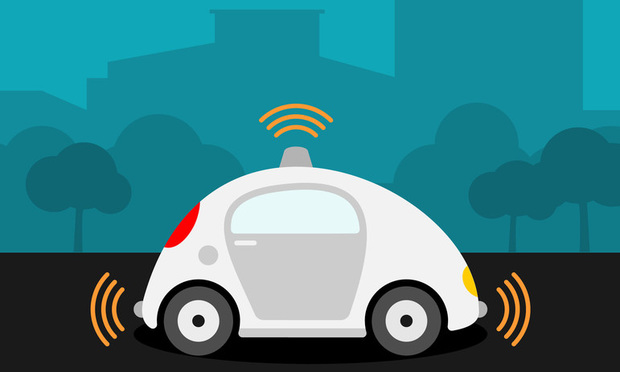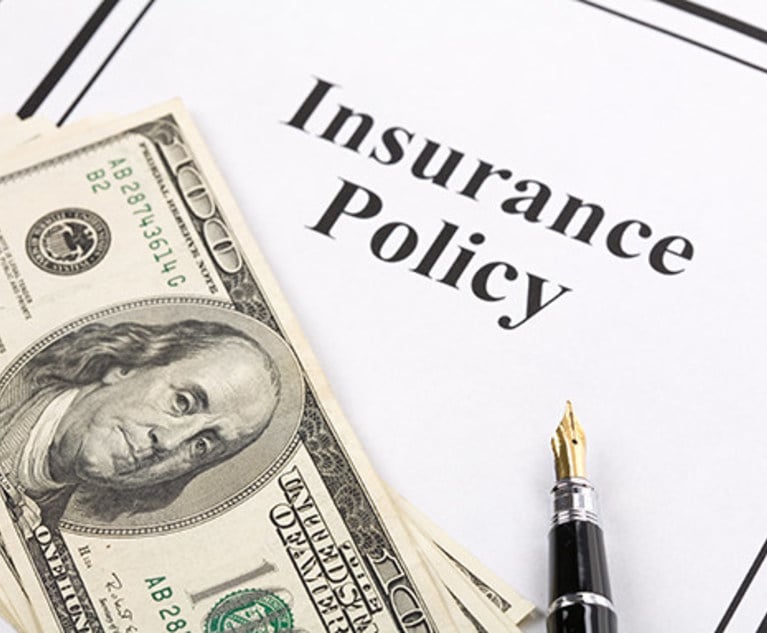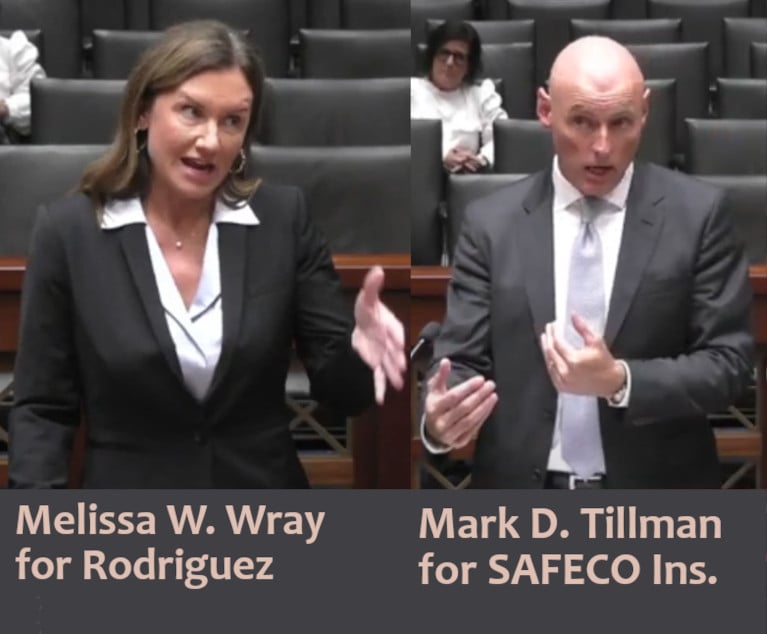Autonomous vehicles are no longer the stuff of science fiction, and so the chances of them occasionally failing and crashing are very much real—and so are the liabilities. Who will pay? Who will get sued? What causes of action will be alleged?
The automation of vehicles has been going on for longer than most of us realize. As far back as 1958, brochures for Chrysler Imperials trumpeted “Auto-Pilot,” described as “an amazing new device that helps you maintain constant speed and warns you of excessive speed.” That same year, an article in Popular Science opined that, “Like it or not, the robots are slowly taking over a driver’s chores.” Anti-lock brakes have been available since the 1970s. Electronic Stability Control, a system that uses data from multiple sources to selectively apply the brakes on specific wheels of a vehicle to increase control on turns and slippery roadways, has been available since the 1990s. In many vehicles today, “driver assists” systems automatically apply a vehicle’s brakes to avoid a collision if the vehicle’s system determines that there is an imminent risk of collision with another vehicle, and automated parallel parking systems take over control of a vehicle as it is parked.







